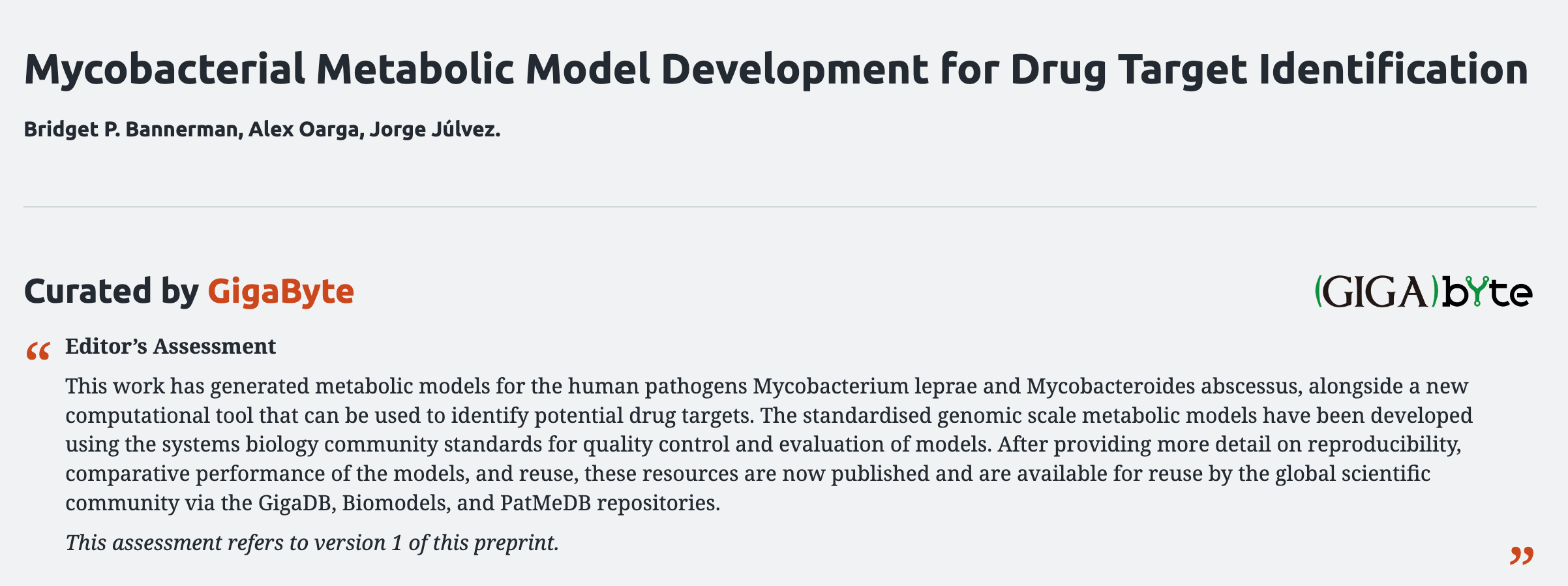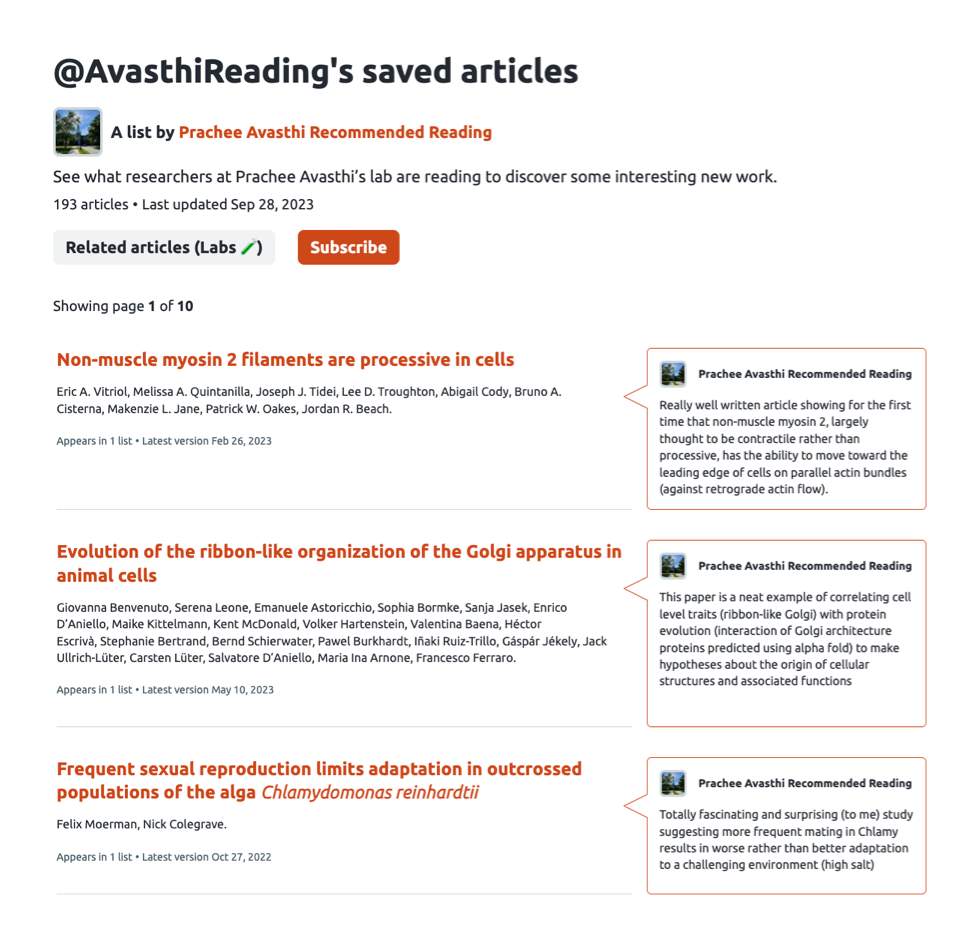Scholarly publishing can often be slow, inefficient, and expensive. While preprinting helps to address such fundamental problems inherent to traditional publication models, there is a growing need for effective sorting and organisation of the increasing volume of preprint literature. This process helps to demonstrate to readers why the research is interesting and important, and will help them to navigate the ever-increasing volume of preprints available online.
Preprint curation is the process of selecting, organising, and presenting preprints in a way that is helpful and informative – from creating lists of preprints based on topic or discipline, to providing expert evaluations and recommendations on the quality and significance of the research.
At its core, preprint curation aims to make the vast amount of preprint literature more accessible, digestible and useful to a diverse audience, by helping to filter and highlight the most relevant research.
Preprint curation makes scholarly communication easier, faster, and clearer
- Research is easier to discover and access: By curating preprints into relevant lists or groups, researchers can more easily discover and access preprints in their area of interest.
- You will find higher quality, more trustworthy research: Curation helps ensure that preprints meet certain quality standards, by providing expert evaluations or requiring adherence to guidelines.
- Curation saves you time and effort: With curated selections of preprints, researchers can save time searching for relevant literature, and can be more confident in the quality of the preprints they find.
- With curation, you could kick start collaboration and innovation: Curation can facilitate collaboration by bringing together researchers with similar interests or expertise, and can help to spark new ideas and directions for research.
At Sciety, preprint curation is a core component of our platform, which brings together evaluation activities from across the web. Sciety focuses on community peer review, but also aggregates individual preprint curation, feedback, and commentary in one place. Through our groups and lists features, we provide researchers with a curated selection of preprints, reviewed and recommended by experts in their field.
Curation activity on Sciety falls into two core activities:
- Expert evaluations and recommendations on the quality and significance of a preprint

This activity is undertaken by established groups of researchers that publish, peer review, and curate papers of interest. In this model, groups will produce a statement that discusses the quality and significance of the work as a result of the peer review and author responses.
You can see examples of this on Sciety in the form of ‘curation statements’. Each curating group can refer to these with their own terms, for example as ‘assessments’, ‘editors’ summaries’ or ‘evaluation statements’.
Showing these statements with the preprint helps you decide at a glance whether the research is interesting and relevant to your work.
- Preprint commentary and highlighting preprints to others
A less formal activity, preprint commentary and the highlighting of articles happens in several places across the web, such as on social media, reddit, and blogs. Individuals provide context to other researchers as to why they might find the research useful.

On Sciety, people do this by creating lists of articles and adding comments to their list to show why a reader might find the article useful. Some users and groups create reading lists for labs or for peer review clubs, and with our AI-powered “related-preprint engine”, Sciety shows them new and interesting articles based on their lists.
Preprint curation is an important and rapidly evolving aspect of the scientific landscape, with benefits for researchers, the scientific community, and society in general. By embracing these processes and actively participating in the world of preprint curation, Sciety can help to build a more open, collaborative, and impactful scientific community, saving valuable time for researchers day to day.
This article is part of a series exploring the role and importance of preprint evaluation and curation in science. To learn more, check out our previous article on "What is public preprint evaluation?" and stay tuned for future articles on this topic.
This blog post was written with the assistance of ChatGPT.


